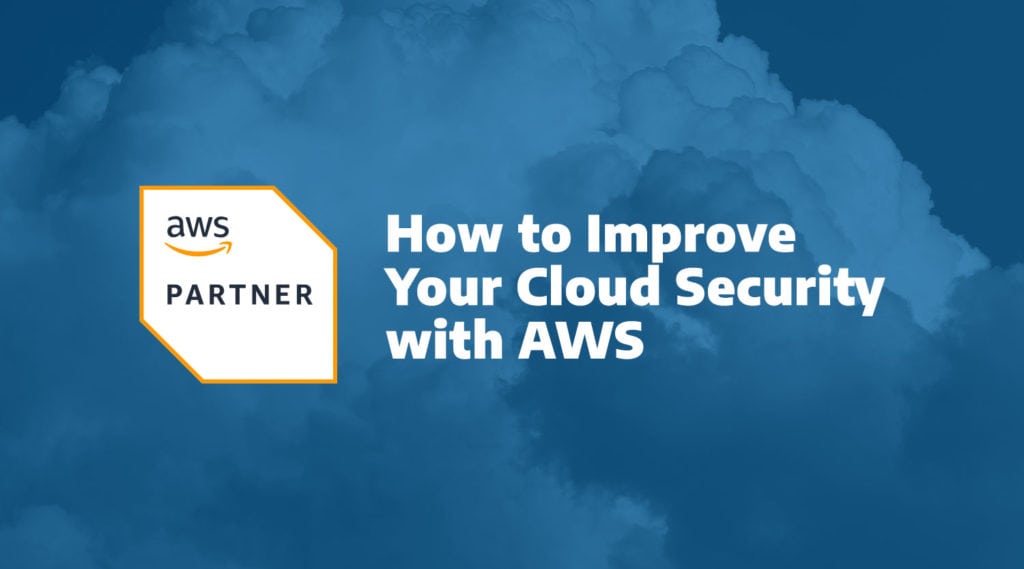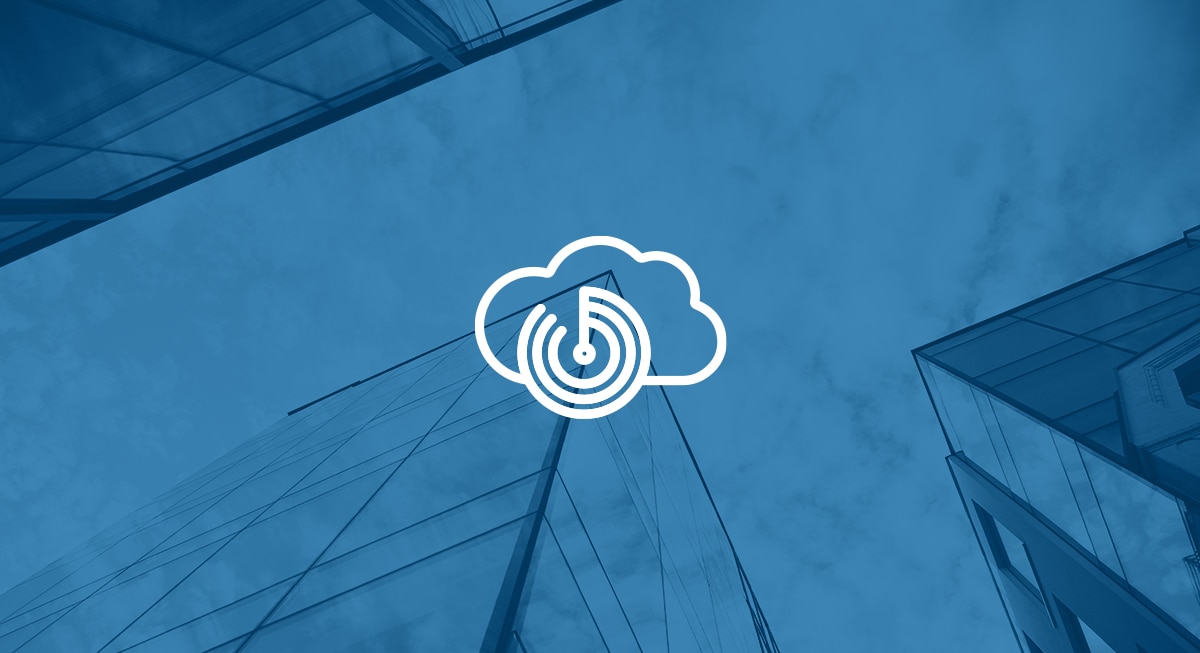The cloud offers major benefits to organizations, helping increase business agility, better serve their customers’ needs, and cut their costs. This is why the typical modern business now uses public, infrastructure-as-a-service (IaaS) cloud platforms for its major business and organizational functions. However, the cloud also introduces new risks that can increase your costs should you fall victim to a breach. In fact, according to the IBM Cost of a Data Breach Report 2023, migration to the cloud increases the mean cost of a data breach by $218,362.
The challenges of the cloud are well-known to organizations by now. But being aware of a challenge isn’t the same thing as addressing it. In our State of Cybersecurity 2023 Trends Report, we revealed that only 38% of respondents believe they are effectively securing their cloud resources, and 42% stated that cloud security gaps were their primary area of worry for 2023.
Amazon Web Services (AWS) is hoping to change those statistics. But before diving into how AWS is helping organizations improve security and operations, it’s important to look at the unique challenges cloud security presents.
Why Does Cloud Security Matter?
Technological expansion and adoption like the move to the cloud can accelerate operations, but these expansions and adoptions must be done in a way that prioritizes the securing and organizing of customer data.
Unfortunately, many organizations investing in digital expansion to keep up with competitors and better serve customers often end up making decisions that negatively impact the security of their business-critical data. While this may seem like a high-risk, high-reward strategy, the ethical and financial fallout is potentially significant.
Further complicating matters, organizations sometimes jump into adopting cloud-based services or tools that they don’t fully understand or have the skills to properly manage. As a result, organizations run the risk that new storage and egress/ingress processes increase the vulnerability of their data.
It’s crucial that, in the rush to the cloud, organizations don’t lose sight of the importance of protecting their data and have a plan in place to address the most common cloud security challenges.
Common Cloud Security Challenges
There are four main challenges that organizations face when it comes to managing their cloud infrastructure:
- Budget Constraints
Some organizations, particularly small and mid-size businesses (SMBs) don’t have adequate budget to invest in cloud security. Making matters worse, many security teams purchase additional discrete security tools for their cloud environments in an effort to increase their ability to see threats. That fragmented approach creates more complexities and adds work for security teams trying to stay on top of the alert overload these tools create. Adding disparate tools doesn’t, however, address the lack of knowledge teams may face when attempting to secure their cloud environments. The issues they miss can be costly and are challenging to solve without the appropriate experience and expertise. Finally, the perpetual skills gap continues to impact organizations, with 51% of SMBs having no more than 3 full-time employees working in cybersecurity.
- A Lack of Expertise
There aren’t enough cloud IT specialists to meet the current staffing demands. In fact, the need for cloud experts is expected to grow 115% over the next five years. This means that, despite the serious risk of a cloud breach, there are simply too few hands and too much work — often concentrated in the tasks already in scope from the business — to develop and maintain strong cloud security.
- Limited Visibility
The cloud is, by name and nature, nebulous. There’s no centralized control, and with organizations utilizing hundreds of cloud-based applications, it can be difficult for internal teams to see and properly manage what’s happening within those applications. This can lead to alert fatigue and the missing of major threats. While most cloud providers offer some level of native management capabilities, allowing cloud administrators to adjust settings and
configurations and resolve the misconfigurations that increase cloud risk, they do not natively provide detection and alerting of misconfiguration, benchmarking of configuration settings, or visibility across instances and platforms.
- Compliance Struggles
Managing the cloud can be tedious and difficult, which can lead organizations to struggle to maintain compliance and properly protect user information and other valuable data. In the cloud, security controls, hardware, and other aspects of your infrastructure are not physically present. This lack of visibility — and absence of a unified view of your data, applications, and network — complicates the compliance landscape and increases the risk of misconfiguration.
Many of these struggles come down to a lack of visibility, and security that is decentralized and not fully integrated, two major areas that organizations need to proactively address in order to improve their cloud security.
By leveraging the innovative solutions provided by AWS and partners like Arctic Wolf, organizations can harden their security posture and better protect their cloud environments, without reducing the flexibility, scalability, and improved operations the cloud provides.
AWS Cloud Security Best Practices
Every organization moving to the cloud is at a different step of its cloud adoption journey. Some may be planning to move all business operations to the cloud, while others may simply be looking to meet industry standards or compliance requirements. Whatever situation your organization is in, here are some ways to improve your cloud security with AWS.
Know Your Role
Achieving a secure cloud environment takes two parties to be on the task. Cloud providers, such as AWS, almost always fulfill their end of the deal, protecting their servers and cloud services from inappropriate logins, DDoS attacks, and other threats. It’s up to you to take things the rest of the way.
Most cloud service providers employ a shared responsibility model, with both the cloud service provider and the customer sharing the responsibility of security. Your degree of responsibility depends on the type of services you employ and the degree to which you have transitioned services and data to the cloud. Responsibilities can vary significantly — from organizations that solely use software-as-a-service (SaaS) to those that move to the cloud more fully, using infrastructure-as-a-service (IaaS).
Cloud customers almost always maintain responsibility for their data, devices, and users. But depending on what protections the cloud service provider offers, customers may also have responsibility for applications, network services, operating systems, and more.
AWS provides a robust suite of tools and services to cover their portion of the shared responsibility model, meaning that it’s easier and more cost-efficient for you to cover yours.
Invest in Cloud Security Solutions
There are three major types of cloud security solutions organization can consider:
Cloud Access Security Broker
Cloud access security brokers (CASB) are pieces of software that act as policy enforcement points in the cloud or on-premises, sitting between cloud end users and service providers. A CASB helps enforce security policies such as encryption, authentication, logging, single sign-on, and malware detection. Unlike the other two major types of cloud security, a CASB covers all cloud service models. Additionally, a CASB has benefits for use cases such as shadow IT, malware protection, and data exfiltration.
But the capabilities vary widely between vendors, and the vendor you use today may not support new applications that you adopt in the future.
Cloud Detection and Response
Cloud detection and response (CDR) integrates a security tool suite within an existing security environment. It identifies and stops threats across IaaS and SaaS resources, detecting key risks such as phished credentials, impossible travel, or malicious integrations 24×7 through active monitoring by trained security experts.
Some CDR solutions, such as Arctic Wolf® Cloud Detection and Response, integrate with native AWS security and management capabilities to help organizations monitor, benchmark, and harden their cloud security posture, reducing the likelihood of serious incidents such as cloud data leaks.
Cloud Security Posture Management
A cloud security posture management (CSPM) solution is a cloud security tool that monitors cloud configurations and other security risks in the cloud. One key advantage of CSPM solutions is that they offer flexible coverage that can be applied to many different cloud environment configurations, such as multi-cloud or hybrid cloud. CSPMs often don’t lock out other security tools already in use, so your security budgets won’t take unnecessary losses
For example, Arctic Wolf’s CSPM solution can integrate directly with AWS infrastructure and provide 24-hour AWS logging and monitoring. The solution keeps track of cloud assets, constantly updating their statuses to track potential security breaches and assess the risk of possible threats, while supplementing the excellent suite of offerings available with AWS Cloud Security.
Leverage AWS Cloud Security Tools
AWS provides a flexible and secure cloud computing environment with access to hundreds of tools, services, and partners, all designed to streamline workloads and efficiently store data. Security is built into the foundation of AWS services, with end-to-end protection and integration and automation features that reduce burden on IT and security teams.
In addition to partnering with third party security operations experts like Arctic Wolf to provide enhanced protection of cloud data for their customers, AWS also offers several integration tools that enable organizations to achieve a better cloud security posture on either side of a breach and allows them to address vulnerabilities before the worst-case scenario, as well as swiftly address and mitigate threats.
Amazon Inspector and Vulnerability Management
Managing potential vulnerabilities can take more time than there are hours in the day and can be near impossible for organizations that lack budget or cloud-specific talent. With Amazon Inspector, this continuous monitoring becomes both automated and scalable, allowing teams to address what’s most critical.
Benefits include centralized visibility, one-click continuous monitoring, and contextualized scoring.
Amazon Guard Duty
Eliminating cyber risk happens both proactively and reactively. Threats will arise within an infrastructure, so it’s crucial for organizations to be able to respond quickly and effectively, especially within the cloud environment. Guard Duty offers intelligent threat detection, with continuous monitoring for abnormal activity.
Benefits include one-click activation, continuous monitoring of AWS accounts and resources, global coverage, and enterprise-wide consolidation and management.
AWS Security Hub
Security Hub allows for more visibility through a space for organizations to centrally view and manage security alerts, as well as manage security checks. This allows organizations to both save time and take better control of their security.
Benefits include aggregated findings, automated security checks, multi-account support, and seamless integration.
AWS CloudTrail
CloudTrail allows organizations to track user activity and API usage on AWS as well as in hybrid and multi-cloud environments in order to harden security posture. Logs and audit reports help prove compliance with a variety of regulations, while allowing for the creation of automated workflow rules.
Benefits include multi-cloud and multi-source ingestion, event storage for up to seven years to assist with auditing, and SQL-based query detection and analyzation.
Amazon CloudWatch
Amazon CloudWatch observes and monitors cloud applications both in AWS as well as other cloud environments, providing simplified monitoring and scalability. It offers system-wide visibility through the collection of AWS resource data and permits users to set both automatic responses to changes as well as alarms.
Benefits included end-to-end visibility, integration with over 70 services in AWS, proactive monitoring, and actionable insights.
AWS WAF
AWS Web Application Firewall (WAF) protects web applications from common exploits and bots that can compromise your cloud security. It allows you to control or block bot traffic as well as SQL injection, cross-site scripting (XSS) and other common attacks through the creation of custom security rules.
Benefits include web filtering, account takeover protection, and granular control over metrics.
How Arctic Wolf Can Help
Arctic Wolf detects and responds to advanced threats that impact your cloud-based applications and data hosted in Amazon Web Services (AWS) infrastructure, and helps you comply with regulatory mandates like PCI, HIPAA, and SOX. Every customer is assigned a dedicated Concierge Security® Team, which provides the security expertise you need to rapidly detect and respond to threats across your on-premises and AWS cloud deployments.
All Arctic Wolf solutions were developed in collaboration with AWS. Our relationship ensures Arctic Wolf technology, processes, and services fully utilize AWS advanced computing, storage, networking, and more. Together, we deliver a fully managed service designed to protect and monitor your essential AWS resources.
We provide:
- Customizable threat detection logic
- 24×7 Concierge Security access
- Comprehensive AWS coverage
- AWS security posture management
- Host vulnerability scanning
- CIS security controls benchmarking
- Arctic Wolf® Agent for Amazon EC2 visibility
- Detailed weekly reporting
Additional Resources for Security Leaders
Uncover the key concerns and action plans of your cybersecurity colleagues with the State of Cybersecurity 2023 Trends report.
Learn more about the division of responsibilities when it comes to securing the cloud with the Arctic Wolf Guide to the AWS Shared Responsibility Model, and discover How to Secure Cloud Compliance for Small and Mid-Sized Enterprises.






